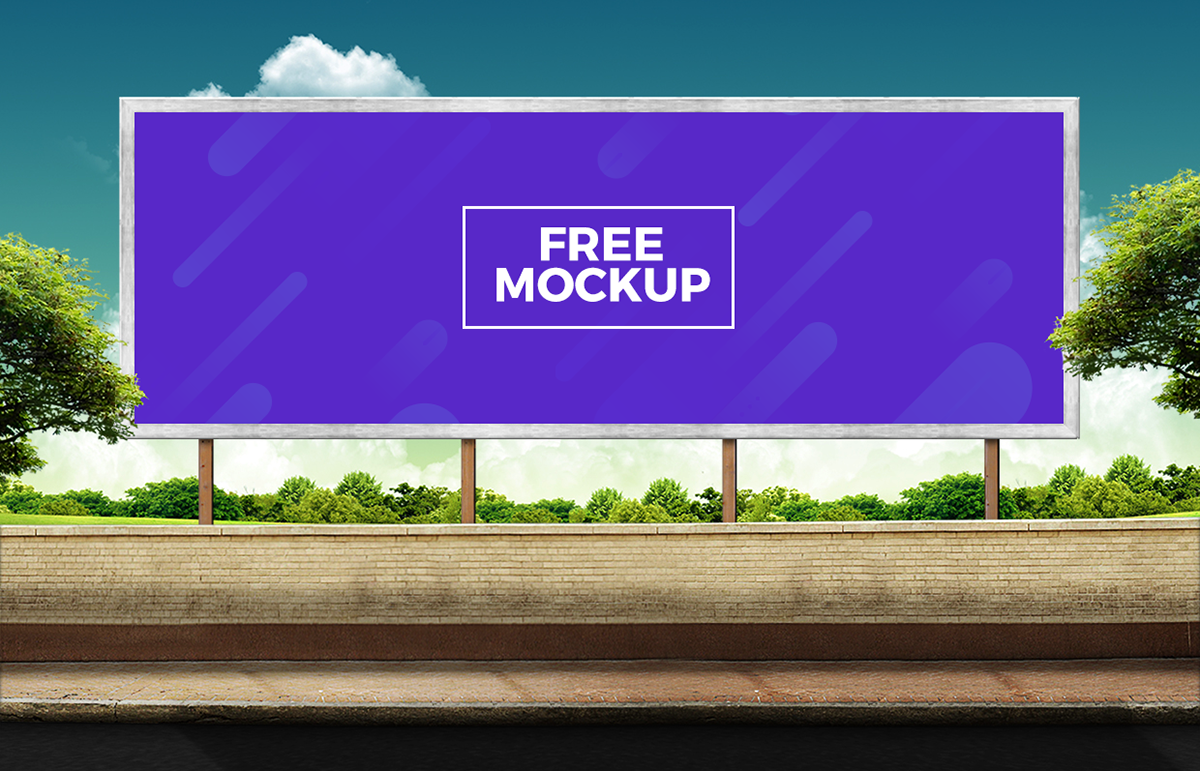
Mockup Outdoor: The Ultimate Guide
In the realm of outdoor marketing, mockups play a pivotal role in bringing forth the envisioned ideas and designs into a tangible reality. A mockup, essentially a scaled-down or life-sized replica, serves as a physical manifestation of the intended outdoor advertisement, allowing stakeholders to assess its viability and effectiveness prior to actual production and deployment.
Mockups offer numerous advantages, including:
- Visualization: Mockups provide a tangible representation of the proposed design, aiding in the evaluation of its visual impact, scale, and coherence with the surrounding environment.
- Testing: Mockups facilitate the testing of various design elements, such as materials, colors, and lighting, under real-world conditions, allowing for adjustments and refinements before committing to large-scale production.
- Approval: Mockups facilitate the approval process by providing a realistic view of the final product, enabling stakeholders to make informed decisions with greater confidence.
Types of Mockup Outdoor
Mockups Outdoor encompass a wide spectrum of applications, each tailored to specific marketing needs:
- Billboards: Mockups of billboards offer a scaled-down or life-sized representation, allowing for the assessment of visibility, impact, and compatibility with the surroundings.
- Signage: Mockups of signage, ranging from street signs to pylons, provide a tangible representation of the proposed design, ensuring its legibility, visibility, and compliance with regulations.
- Vehicle Wraps: Mockups of vehicle wraps, whether for cars, trucks, or buses, enable the visualization of the design on the intended vehicle, evaluating its scale, prominence, and adherence to branding guidelines.
- Street Furniture: Mockups of street furniture, such as benches, bus shelters, and kiosks, allow stakeholders to assess the design’s aesthetic appeal, functionality, and durability in a real-world setting.
- Experiential Installations: Mockups of experiential installations, such as pop-up activations and immersive displays, provide a tangible preview of the experience, ensuring its feasibility, impact, and alignment with the brand’s message.
Materials Used in Mockup Outdoor
The choice of materials for Mockup Outdoor depends on the intended application and durability requirements:
- Paper: Paper mockups, typically used for smaller designs, offer a cost-effective option for visual assessment and concept testing.
- Cardboard: Cardboard mockups, widely used for larger designs, provide greater stability and durability during transportation and handling.
- Foam Board: Foam board mockups, lightweight and versatile, are suitable for both indoor and outdoor applications, providing a smooth surface for design presentation.
- Plastic: Plastic mockups, resistant to moisture and weathering, are ideal for outdoor applications, offering durability and longevity.
- Wood: Wood mockups, particularly suitable for signage and street furniture, provide a natural and durable option, enhancing the aesthetic appeal of the design.
Process of Mockup Outdoor
The process of Mockup Outdoor typically involves the following steps:
- Design: The design team creates a detailed design of the proposed outdoor advertisement, considering factors such as size, shape, colors, and materials.
- Production: The mockup is produced using the chosen materials, ensuring accurate scaling and attention to detail.
- Installation: The mockup is installed at the intended location, securely and professionally, ensuring stability and visibility.
- Evaluation: Stakeholders evaluate the mockup, assessing its visual impact, legibility, and overall effectiveness against the design goals.
- Refinements: Based on the evaluation, necessary adjustments and refinements are made to the mockup or the design itself, ensuring optimal results.
FAQ
Q1. What are the benefits of using Mockup Outdoor?
Mockup Outdoor offers numerous benefits, including visualization of the design, testing its effectiveness, facilitating the approval process, and ensuring adherence to regulations and branding guidelines.
Q2. How do I choose the right materials for my Mockup Outdoor?
The choice of materials depends on the specific application, intended durability, and budget. Paper is suitable for smaller designs, while cardboard, foam board, plastic, and wood offer durability and longevity for larger and outdoor applications.
Q3. What is the process of Mockup Outdoor?
The process typically involves design creation, production of the mockup, installation at the intended location, evaluation by stakeholders, and necessary refinements to optimize the design.
Q4. How can I ensure the effectiveness of my Mockup Outdoor?
To ensure effectiveness, consider factors such as visibility, legibility, coherence with the environment, and alignment with the brand’s message. Thorough evaluation and stakeholder feedback are crucial for optimizing the design.
Q5. What are some creative applications of Mockup Outdoor?
Mockup Outdoor extends beyond traditional advertising, enabling innovative applications such as experiential installations, interactive displays, and immersive brand activations that engage consumers in memorable and impactful ways.





